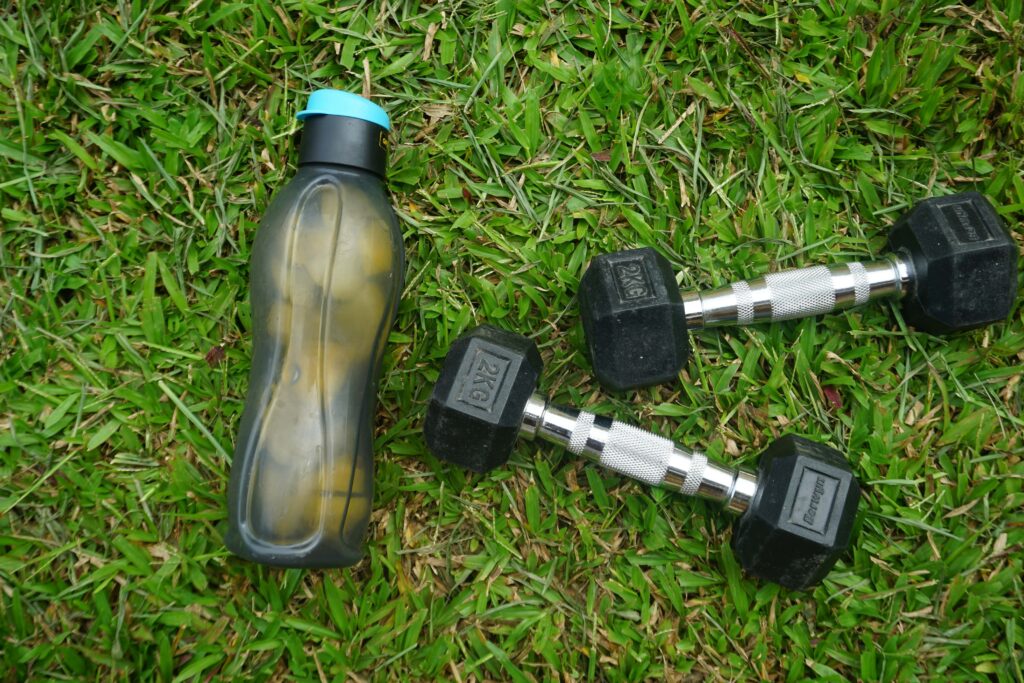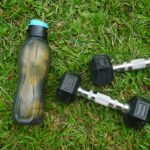Now Reading: The Role of Fitness in Addiction Recovery
-
01
The Role of Fitness in Addiction Recovery
The Role of Fitness in Addiction Recovery

Boost mental health, reduce relapse risk, and support healing through structured physical activity.
Introduction
Addiction recovery is a deeply personal and challenging journey. While therapy, medication, and support groups play a crucial role, there’s another powerful ally in this path: fitness. Over the years, experts have recognized the role of fitness in addiction recovery as essential—not just for physical health but also for emotional and mental healing.
Incorporating regular physical activity into recovery routines helps people rebuild their lives, manage stress, improve mood, and reduce relapse risk. Let’s explore how structured fitness can act as a healing force in overcoming addiction.
How Fitness Supports Mental Health in Recovery
Addiction often coexists with mental health issues like depression and anxiety. According to the National Institute on Drug Abuse (NIDA), nearly 50% of individuals with a substance use disorder also suffer from mental illness [NIDA, 2020].
Exercise acts as a natural antidepressant. When we move our bodies, we release endorphins—those feel-good chemicals that reduce stress and elevate mood. Whether it’s running, yoga, dancing, or weightlifting, physical movement encourages mental clarity and emotional resilience.
Key Benefits:
- Reduces anxiety and depressive symptoms
- Improves sleep quality
- Enhances self-esteem
- Increases focus and emotional stability
By supporting mental health, the role of fitness in addiction recovery becomes not just physical—it nurtures the entire self.
Fitness as a Relapse Prevention Tool
One of the hardest parts of recovery is preventing relapse. According to the Journal of the American Medical Association, 40-60% of people in addiction recovery experience relapse [JAMA, 2000].
Exercise provides structure and routine, which are vital during this vulnerable period. A scheduled workout creates a sense of purpose and fills the time that might otherwise be spent battling cravings or feelings of boredom.
Additionally, regular fitness habits promote better impulse control and reduce stress—both major relapse triggers.
How Fitness Helps Reduce Relapse Risk:
- Keeps the mind occupied
- Builds a healthy daily routine
- Provides a safe outlet for emotions
- Enhances body awareness and self-discipline
Creating Healthy Coping Mechanisms
Substance use often starts as a coping strategy for emotional pain. Recovery requires new, healthy ways to deal with stress and overwhelming feelings. Fitness becomes that healthy outlet.
Movement-based practices like yoga or tai chi can promote mindfulness and body awareness. High-intensity workouts like kickboxing or HIIT release pent-up energy and tension. Walking outdoors connects individuals with nature and encourages reflection.
Each type of movement brings unique emotional benefits, helping individuals reconnect with their bodies and emotions without turning to substances.
Building a New Identity Through Movement
Recovery isn’t just about quitting a substance—it’s about creating a new life. Fitness can help individuals build a fresh, positive identity. Seeing physical progress—like running a mile, lifting heavier weights, or holding a yoga pose—boosts confidence.
Achieving these goals builds a mindset of growth, resilience, and pride. As people start identifying themselves as runners, yogis, or lifters, they often feel more committed to their recovery journey.
The role of fitness in addiction recovery includes helping people replace negative self-beliefs with empowering ones.
The Social Benefits of Group Fitness
Addiction can be an isolating experience. Many people lose social connections during their struggle with substance use. Joining fitness groups, gym classes, or sports teams offers a chance to rebuild social skills and make new, healthy friendships.
Group workouts create a supportive community. Shared physical goals and challenges bring people together, offering motivation and accountability. These social bonds play a major part in long-term recovery success.

Fitness Options That Support Recovery
Everyone’s journey is different. Fortunately, fitness is flexible and adaptable. Here are some fitness programs ideal for addiction recovery:
1. Yoga and Mindfulness-Based Movement
Great for stress relief, emotional regulation, and trauma healing.
2. Walking or Jogging Groups
Accessible and easy to start; perfect for building consistency.
3. Strength Training
Empowers individuals and helps build body confidence.
4. Group Classes (e.g., Zumba, CrossFit)
Provide structure, community, and motivation.
5. Recreational Sports
Encourages teamwork and fun while staying active.
Consistency is key. Recovery-friendly fitness doesn’t have to be intense—it just needs to be intentional and supportive of healing.
Real Stories, Real Healing
Many recovery centers across the U.S. now integrate fitness into their treatment programs. Facilities like Phoenix Multisport and The Herren Project use fitness and community sports to support long-term sobriety.
Studies also support this approach. Research published in Mental Health and Physical Activity found that exercise reduces drug cravings and withdrawal symptoms and improves overall mood and energy [Wang et al., 2014].
The evidence is clear: The role of fitness in addiction recovery isn’t a trend—it’s a proven, powerful tool for healing.
Final Thoughts
Recovery requires patience, courage, and commitment. Fitness offers a powerful, accessible way to support this journey. It helps reduce cravings, strengthens mental health, and brings structure to daily life.
Whether you’re taking your first step or walking alongside someone in recovery, remember this: Every movement matters. Every workout is a win. Embracing the role of fitness in addiction recovery can be life-changing—physically, emotionally, and spiritually.
References
- National Institute on Drug Abuse (NIDA). (2020). Comorbidity: Substance Use Disorders and Other Mental Illnesses.
- JAMA. (2000). Drug Addiction: Treatment and Relapse.
- Wang D. et al. (2014). The effect of exercise on the treatment of depression and anxiety: Mental Health and Physical Activity.

Kevin Fletcher is a seasoned writer with over 10 years of experience crafting engaging and informative content in the health, fitness, and wellness industries. Passionate about helping readers live healthier lives, Kevin combines research-backed insights with practical tips to inspire positive change.
























